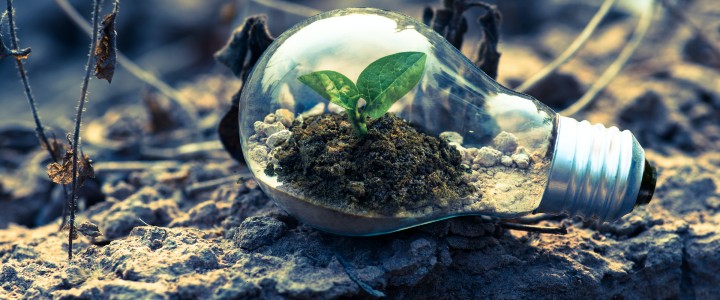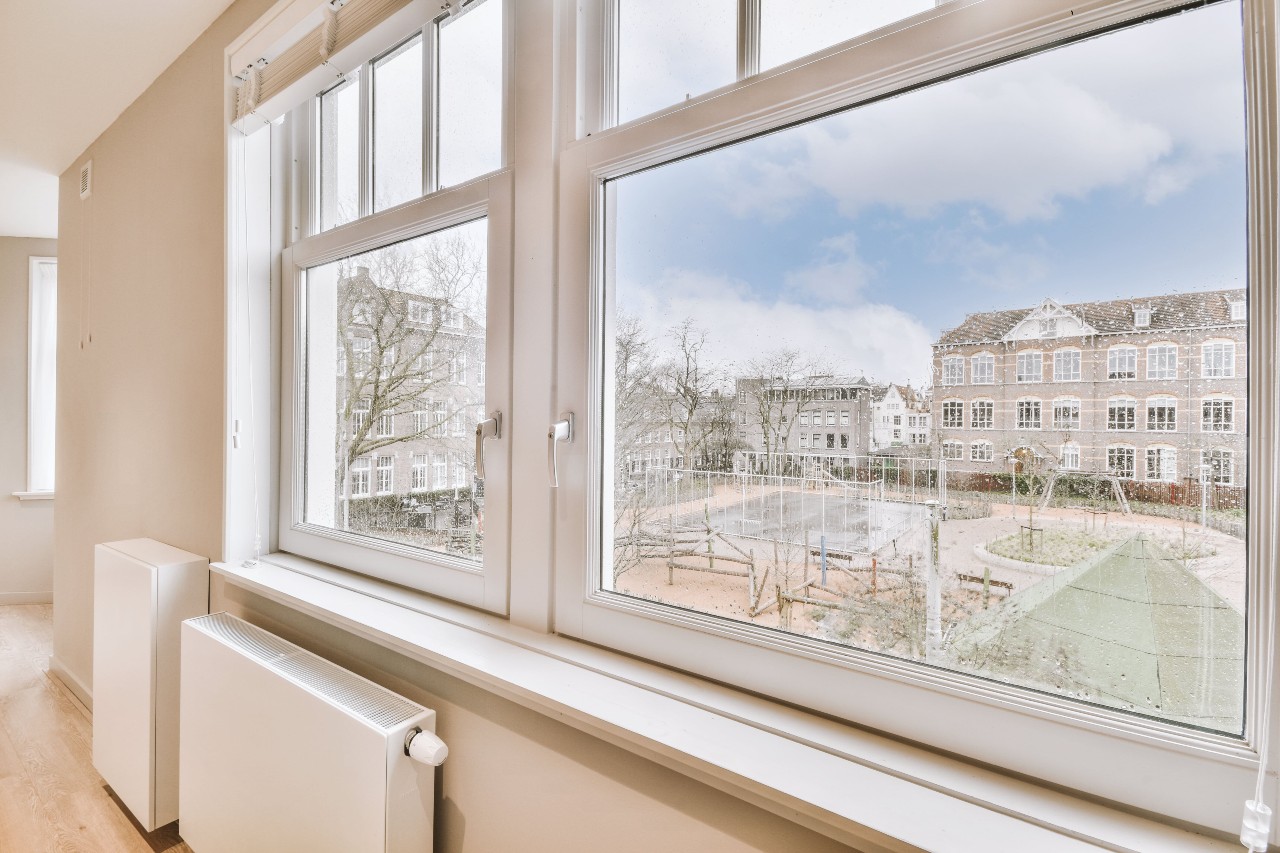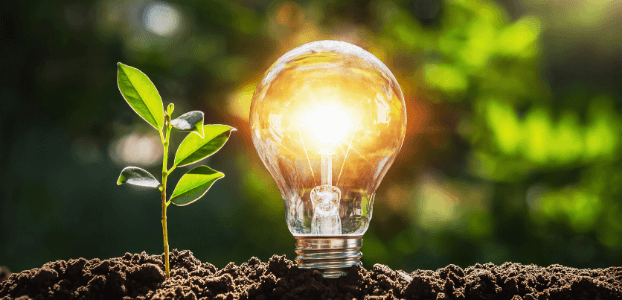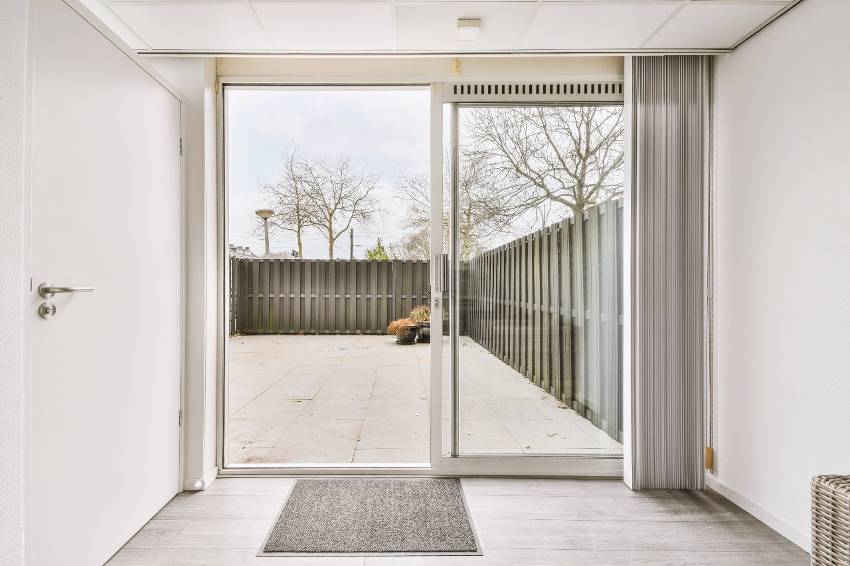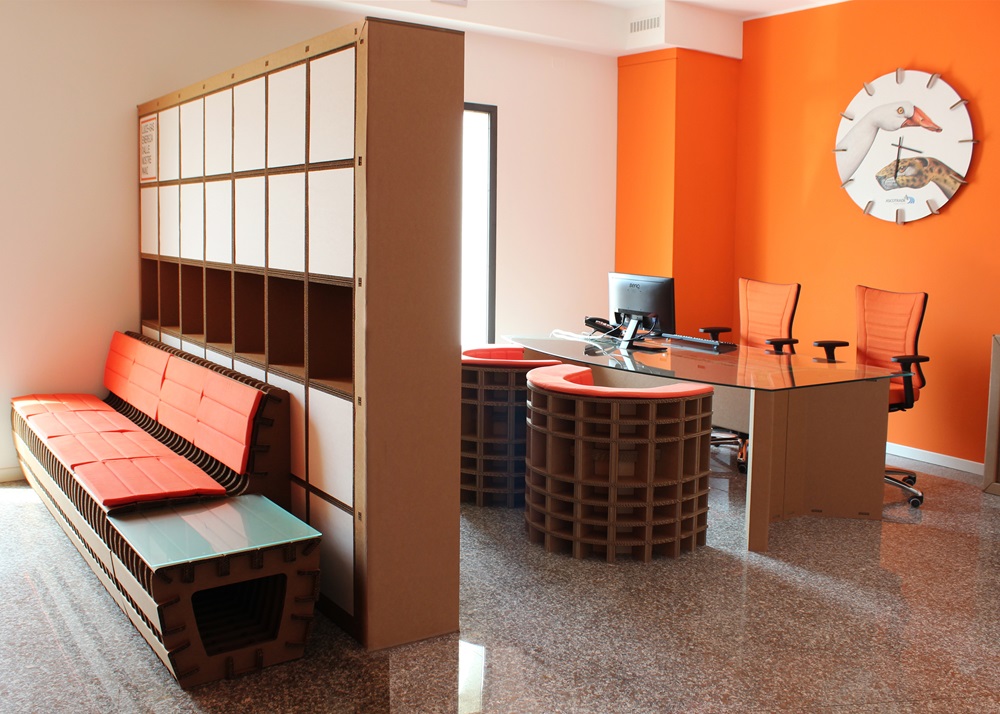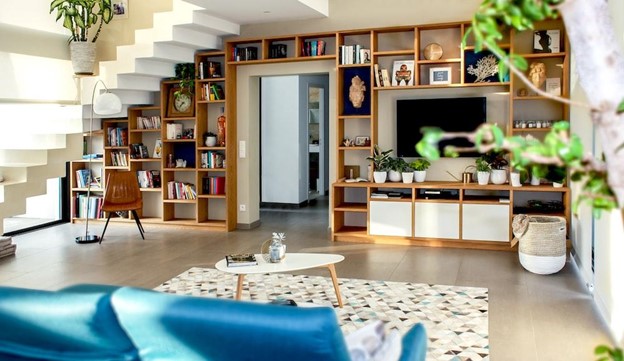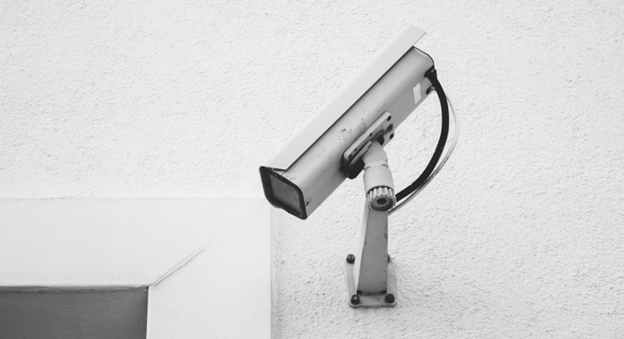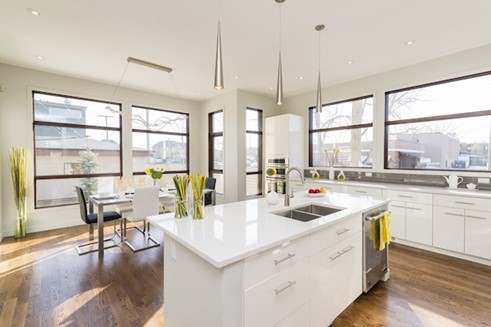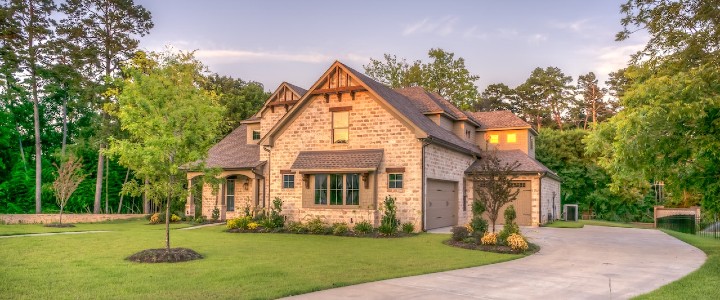Indoor and Outdoor Sustainable Home Upgrades
More homeowners are interested in green living as they grow increasingly aware of human activity’s influence on climate change. Of course, traditional homes weren’t exactly conducive to a sustainable lifestyle. Fortunately, you can make these seven eco-friendly home upgrades for greener indoor and outdoor living.
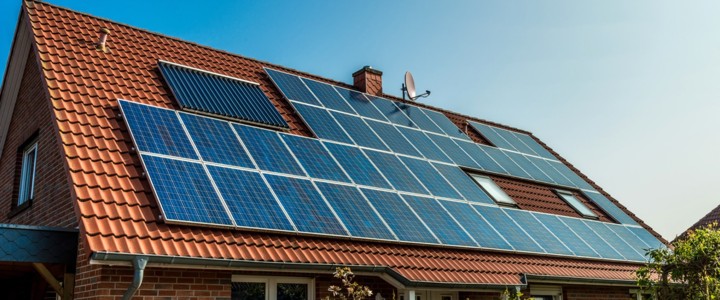
1. Solar Panels
Solar panels have become one of the most sustainable home upgrades due to falling prices, generous tax credits and broader adoption. According to the U.S. Energy Information Administration, solar accounted for 3% of electricity generation in the United States in 2020. By 2050, solar generation should reach 20%.
Following Congress’s passage of the Inflation Reduction Act in 2020, Americans are eligible for higher solar tax credits and rebates until 2035. For instance, you can earn a 30% tax credit if you install solar panels between 2022 and 2032. Afterward, the credit will dip to 26% in 2033 and 22% in 2034. Homeowners will likely see savings between $10,000 and $30,000 on electricity bills over the system’s lifetime by switching to residential renewable energy.
2. Eco-Friendly Wood Floors
When considering eco-friendly home upgrades, look no further than the ground you’re walking on. There are several green options for flooring that’ll make your home sustainable and more beautiful.
Bamboo, cork, reclaimed wood and 100% wool carpeting are just a few materials you can use to update your home. Check that whatever flooring you choose has a Green Label Plus or Forest Stewardship Council certification to ensure the lowest emissions and greatest manufacturing sustainability.
Floors made from bamboo are particularly green since the material replenishes quickly after harvesting. Bamboo matures in three to five years, compared to other hardwood materials, which can take 25 to 125 years.
3. Small Pond
If done right, a pond will enhance your exterior aesthetic and improve your backyard’s biodiversity. Ponds make eco-friendly home upgrades due to simplified pest management without synthetic chemicals and natural filtration using aquatic plants and fish.
They also take up part of your lawn, requiring less maintenance with gas-powered landscaping equipment. Studies have estimated mowing accounts for 5% of U.S. air pollution. Additionally, operating a four-stroke lawnmower for an hour produces the same emissions as 11 cars on the road in the same amount of time.
Adding a pond to your backyard will attract an array of fauna by restoring their habitat. When installing a pond, it’s essential to include a liner. A liner separates soil and water to reduce nitrogen outputs and prevent toxic algae blooms that can harm the surrounding landscape and wildlife.
4. Smart Technology
Make sustainable home upgrades by integrating intelligent technology. Smart technologies like thermostats and appliances are more convenient, cost-effective and energy efficient.
For example, smart thermostats are remotely operable from a smartphone depending on your system and learn your temperature preferences for optimal indoor climate control. Those with geofencing capabilities can even turn your heating and cooling unit on when it senses you’re on the way home.
Homeowners can save 8% or $50 on their heating and cooling bills with a smart thermostat. Likewise, ENERGY STAR-certified clothes washers reduce energy consumption by 20% — nearly 30% less than conventional washing machines.
5. Native Landscaping
Urban development has destroyed 150 million acres of natural habit in the U.S., with lawns spanning nearly 40 million acres. Opting for native landscaping helps restore the lost environment and entices local wildlife to return.
Aside from restoring habitat, native plants have several other benefits, such as the following:
- Naturally adapts to your local region and climate conditions
- Reduces noise and sequesters carbon dioxide
- Uses less water for irrigation
- Requires little maintenance and little to no pesticides and fertilizers
Using fewer pesticides and planting native pollinator-friendly plants can attract an array of pollinators for better plant growth and a healthier ecosystem.
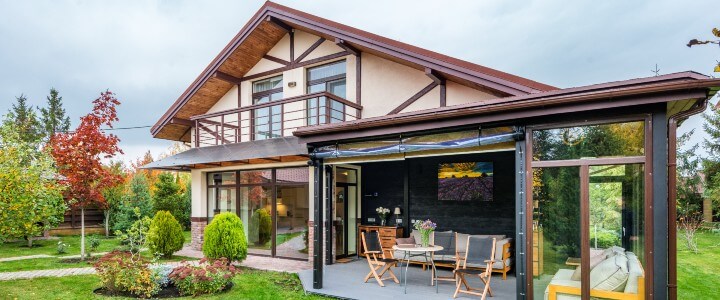
6. Energy-Efficient Light Bulbs
Updating your indoor and outdoor lighting with light-emitting diodes (LEDs) is one of the easiest sustainable home upgrades you can take on. LEDs have become increasingly popular over the years and are much more cost-effective than before. Although still relatively more expensive than traditional incandescent light bulbs, LEDs help homeowners save energy and money.
According to the U.S. Department of Energy, LEDs use 75% less energy than incandescent bulbs, with a life span lasting 25 times longer. Those who opt for energy-efficient lighting can save nearly $225 on electricity bills annually — a significant amount considering lighting is 15% of the average household’s energy consumption.
7. Water-Conserving Fixtures
Toilets manufactured before 1993 were water guzzlers, using 3.5 gallons per flush (GPF) — today’s models meet new federal requirements of 1.6 GPF. Meanwhile, many states maintain individual rules for toilets with a maximum of 1.28 GPF that meets the U.S. Environmental Protection Agency’s WaterSense label.
WaterSense-certified low-flow faucets are also 30% more efficient than standard models, reducing water flow from 2.2 gallons per minute to 1.5 gallons. Swapping out old water fixtures for new models can reduce your home’s water consumption, conserve natural resources and decrease your annual utility bills.
Sustainable Living at Its Best With Eco-friendly Home Upgrades
Making sustainable home upgrades to your home’s interior and exterior is an excellent way to improve eco-friendly living. Consider making some of these fixes to improve energy efficiency and reap the benefits of extra savings.



